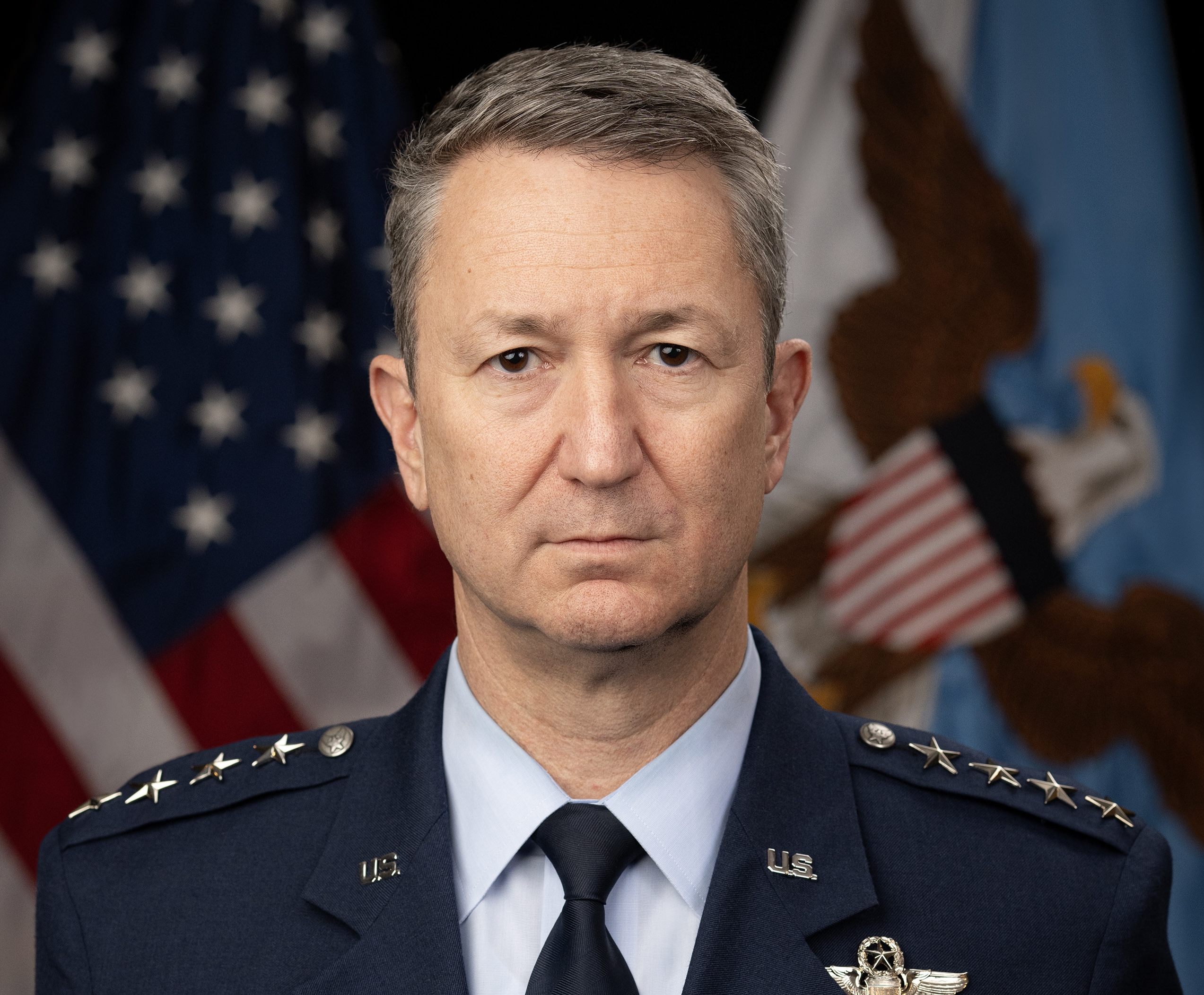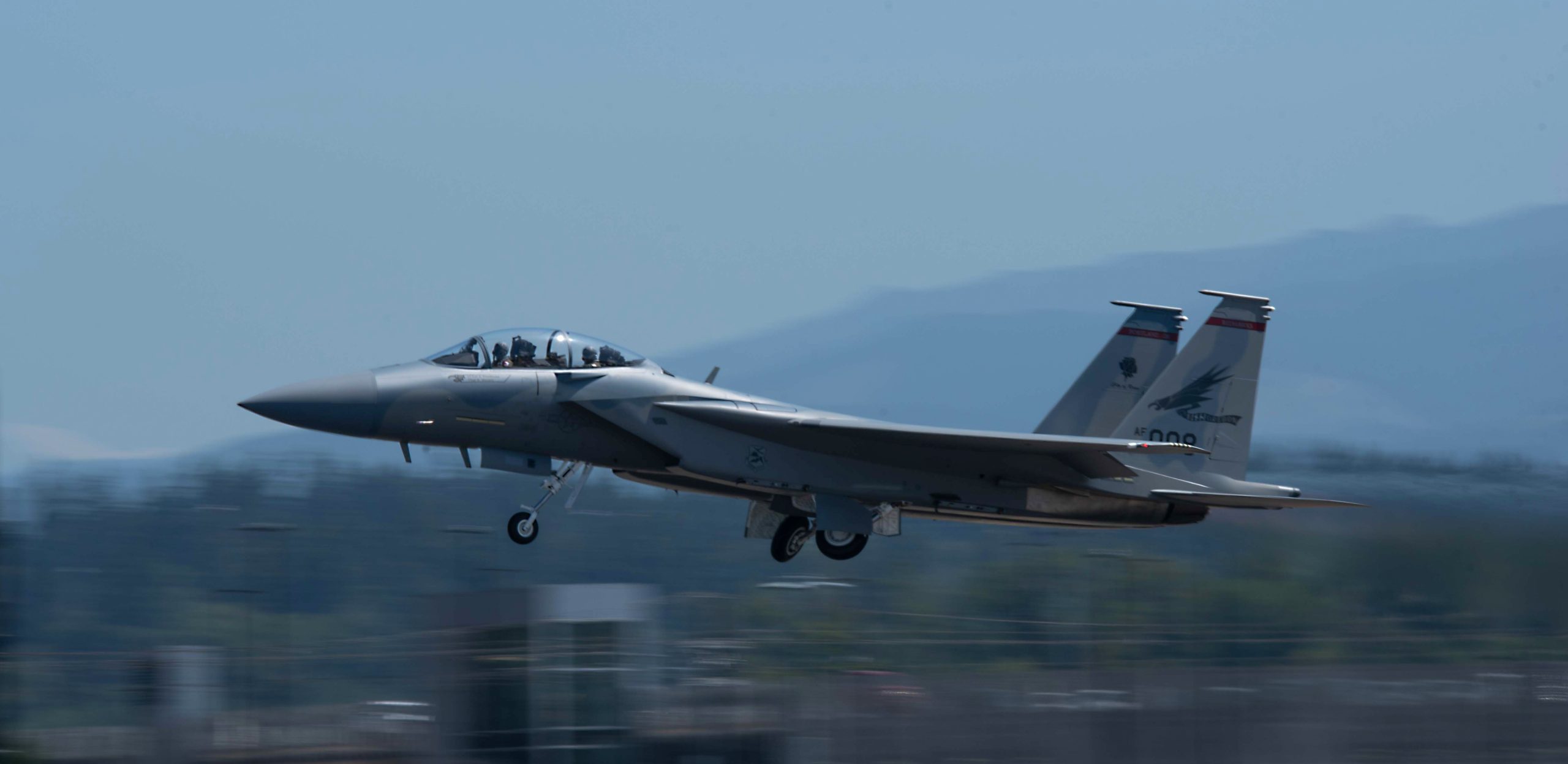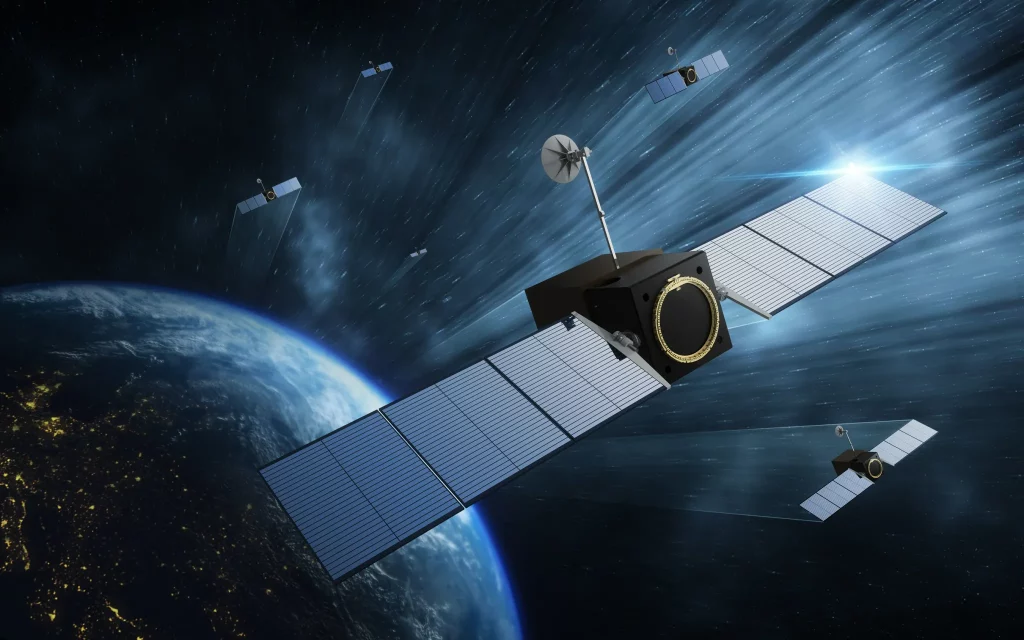Lt. Gen. Dan Caine was confirmed as the 22nd Chairman of the Joint Chiefs of Staff by the Senate early April 11, making history as the first Air National Guardsman to take on the nation’s top uniformed job.
Caine is the sixth Airman to be Chairman and succeeds Air Force Gen. Charles Q. Brown Jr., who was abruptly dismissed from the job by President Donald Trump in February. He was approved on a wide bipartisan basis, 60-25.
Because Caine retired as a lieutenant general in January, the Senate also granted him a fourth star. By law, the chairman typically must have experience in a four-star job, either as a service chief of a combatant commander, but the President can waive that requirement.
Caine is the first three-star to ascend directly to the chairmanship, and the first retired officer in decades to return to service to be chairman.
An F-16 pilot early in his career, Caine has perhaps the most varied and unusual background of any Chairman in history. He has spent time as a White House fellow with the Department of Agriculture, a policy director for the White House Homeland Security Council, a commander of a Joint Special Operations Task Force in Iraq, director of the Pentagon’s highly secretive Special Access Programs Office, and the Pentagon liaison to the CIA. He also had several stints at U.S. Special Operations Command, including time as Deputy Commanding General of U.S. Central Command’s Special Ops Component and concurrently as the Deputy Commanding General for Special Operations for the campaign in Iraq against the Islamic State group.
At his confirmation hearing April 1, Caine touted that background as an asset at a potential pivot point in history.
“Yes, Senators, I acknowledge that I’m an unconventional nominee. … For many Americans, I’m an unknown leader,” Caine said. Yet, “these are unconventional times,” he added later.
Now, Caine is set to be sworn in as the Pentagon confronts global crises—Russia’s punishing invasion of Ukraine drags on amid uncertain peace talks, Iran-backed Houthi rebels in Yemen in continue to harass shipping vessels in the Red Sea despite a major air campaign against them, and China continues to build up its military and conduct aggressive maneuvers around Taiwan.
As chairman, Caine will not have operational control over any troops. He will, however, be the senior military adviser to President Donald Trump and Defense Secretary Pete Hegseth.
“Congratulations to Dan ‘Razin’ Caine on his confirmation in the Senate as the next Chairman of the Joint Chiefs of Staff. Your leadership will be a welcomed/vital part of ensuring we return the Dept. of Defense back to the American warfighter,” Hegseth wrote in a post on social media.
During his confirmation hearing, Caine vowed to remain apolitical in his job. His focus, he said, will be on urging the military services to find faster ways to field technology that will preserve the nation’s military superiority. He also voiced support for the Pentagon’s nuclear modernization efforts and argued the military must rebuild its electronic warfare skills after years of decay.
Despite the unusual circumstances around his nomination—Brown was the first Chairman dismissed from the job since Gen. Peter Pace was not renominated in 2007—Caine glided to confirmation with more than a dozen votes from Democrats and support from every Republican present.
Defense industry groups were quick to congratulate Caine on his confirmation.
“Lieutenant General Caine’s commitment to improving the speed and adaptability of the Department of Defense’s requirements and acquisition processes and to harnessing the capabilities of the entire defense industrial base will be an asset to our national security as we seek to deter our adversaries and deliver peace through strength,” Aerospace Industries Association President and CEO Eric Fanning said in a statement. “We look forward to working with him to keep the United States strong and secure.”

















